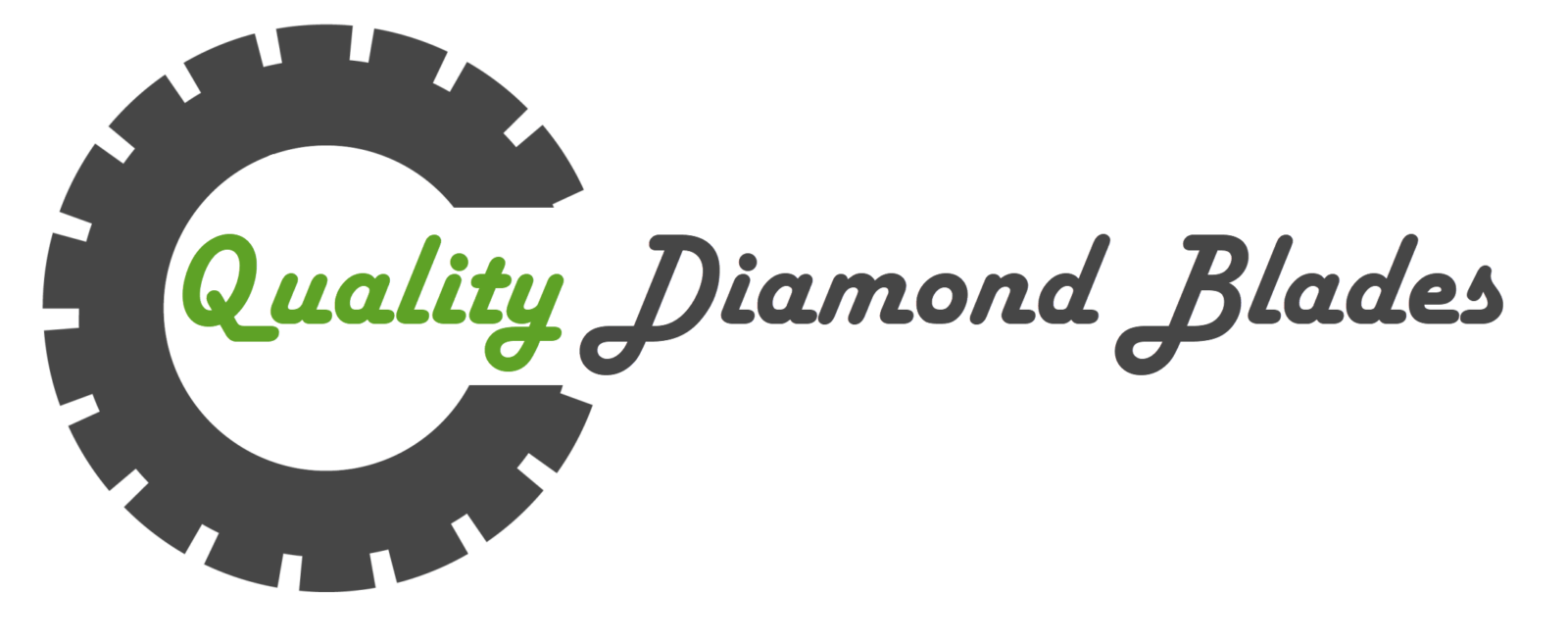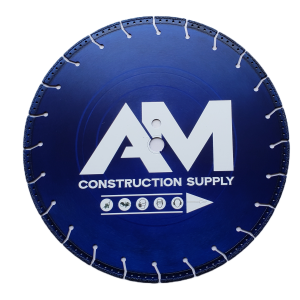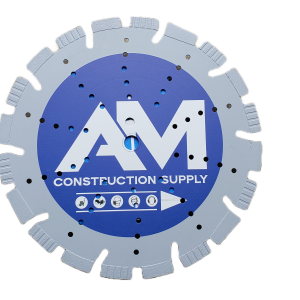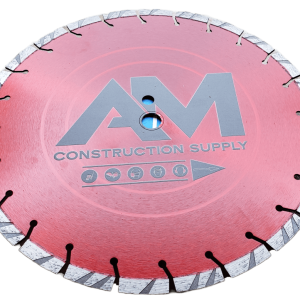When it comes to the durability of diamond blades, the effect of aggregates cannot be underestimated. While aggregates play a crucial role in enhancing cutting performance and longevity, they can also be the primary cause of premature wear and tear. Understanding how different types of aggregates cut interact with diamond blades is key to maximizing their lifespan and efficiency. In this post, we will delve into the intricate relationship between aggregates and diamond blade durability, exploring how various factors impact performance and longevity. Stay tuned to uncover essential insights that can help you make informed decisions when selecting the right diamond blade for your cutting needs.
Key Takeaways
-
Choose the Right Diamond Blade: Select a diamond blade based on the type of aggregates you will be cutting to ensure durability and longevity.
-
Adjust Cutting Speed: Modify cutting speed based on the aggregate type and size of the cutting object to prevent premature blade wear.
-
Utilize Coolant Effectively: Proper coolant use can significantly extend the lifespan of diamond blades by reducing heat buildup during cutting.
-
Regular Maintenance is Key: Keep blades clean and sharp, following manufacturer guidelines for optimal performance and longevity.
-
Invest in Quality Blades: Prioritize quality over cost when selecting diamond blades to maximize durability and efficiency in cutting operations.
-
Monitor Blade Wear: Regularly inspect blades for wear and damage, replacing them promptly to maintain cutting precision and efficiency.
Understanding Diamond Blades
Blade components
Diamond blades consist of diamond segments, a metal core, and a bond. The diamond segments contain the actual cutting diamonds. The metal core provides structural support to the blade, while the bond, acting as mortar, holds the diamonds in place. Each component plays a crucial role in ensuring the blade’s effectiveness and longevity.
The diamond segments are made up of a mixture of diamonds and metal powders. These segments are attached to the outer edge of the blade. The type and quality of diamonds used, along with the concentration and size of these diamonds, significantly impact the cutting ability of the blade.
The metal core is typically made from high-strength steel. It not only supports the diamond segments and blade core but also helps dissipate heat generated during cutting. A well-designed metal core ensures stability and precision during operation.
The bond is the material that holds the diamonds in place within the segment. It can be composed of various materials such as metal, resin, or a combination of both. The bond directly affects how efficiently the diamonds wear down during cutting tasks.
Durability factors
Several factors influence the durability of diamond blades, including aggregate type, hardness, and size. Aggregates are materials like sand, gravel, or crushed stone that make up concrete or asphalt. The presence of these aggregates during cutting can affect blade wear.
Aggregate type plays a significant role in determining how abrasive the material being cut is. Hard aggregates like quartz can accelerate blade wear compared to softer materials like limestone.
The hardness of aggregates is another crucial factor affecting blade durability. Softer aggregates result in less wear on diamond blades compared to harder materials.
Aggregate size also impacts blade performance. Larger aggregates can cause more stress on the blade due to uneven distribution of force during cutting operations.
Considering these durability factors when selecting a diamond blade is essential for achieving optimal cutting performance. A blade designed for cutting hard materials may not perform well on softer ones and vice versa.
Aggregate Types and Durability
Soft vs. hard segments
Diamond blade segments come in soft and hard variations. Soft segments wear down faster but provide faster cutting speeds, ideal for softer aggregates. On the other hand, hard segments are more durable and suitable for harder aggregates.
The choice of segment hardness significantly impacts cutting efficiency. Soft segments excel in speed but may wear out quickly when cutting harder materials like cured concrete. In contrast, hard segments offer longevity and better performance on tough aggregates like those in the DN group.
When cutting through different aggregate types, selecting the appropriate segment hardness is crucial. For softer aggregates, opting for soft segments enhances efficiency by ensuring swift cuts without excessive wear. Conversely, using hard segments on harder aggregates prolongs blade life and maintains consistent cutting quality.
Aggregate size impact
The size of aggregates plays a pivotal role in determining cutting speed with diamond blades. Larger aggregates tend to slow down cutting speed due to increased resistance during the cutting process. Smaller aggregates, conversely, allow for quicker and smoother cuts.
Cutting various aggregate sizes poses challenges such as varying levels of resistance and wear on the blade. Larger aggregates can cause more friction and heat buildup, leading to accelerated blade wear compared to smaller aggregates that offer reduced resistance.
To optimize cutting efficiency based on aggregate size, adjusting blade speed and feed rate is essential. When dealing with larger aggregates, reducing blade speed while increasing feed rate can help maintain efficiency by minimizing friction and preventing premature blade dullness. For smaller aggregates, higher blade speeds coupled with controlled feed rates ensure precise cuts without excessive strain on the blade.
Cutting Object Size
Small vs. large objects
Small objects require less cutting time due to their size compared to large objects. The blade wear is generally higher when cutting large aggregates than small ones. When considering cutting efficiency, the object’s size plays a crucial role in determining the process.
Impact on blade life
Cutting hard aggregates significantly reduces the longevity of diamond blades. A faster cutting speed often shortens the lifespan of the blade. Maintaining blade life while cutting challenging materials involves proper cooling and lubrication.
Cutting Speed Influence
Optimal speeds
Diamond blade durability significantly depends on optimal cutting speeds. It is crucial to determine the right speed for cutting operations to maximize efficiency and blade lifespan. By following manufacturer recommendations, users can ensure optimal performance and prevent premature wear.
Adhering to recommended speed limits is essential in maintaining diamond blade durability. Operating at the correct speed minimizes friction, heat generation, and potential damage to the blade. Failure to comply with these guidelines can result in reduced cutting efficiency and a shorter blade lifespan.
Exceeding speed limits during cutting operations can have detrimental effects on diamond blades. Over-speeding leads to increased friction, heat build-up, and accelerated wear rate. This not only affects the blade’s performance but also poses safety risks to operators due to potential blade failure.
Speed vs. wear rate
The relationship between cutting speed and blade wear rate is crucial in understanding diamond blade durability. Higher cutting speeds often result in faster wear and tear of the blade due to increased friction and heat generated during the cutting process.
Speed plays a significant role in determining the longevity of diamond blades. Balancing cutting speed with the need for efficient material removal is key to extending the lifespan of the blade. Maintaining an optimal speed ensures consistent performance and reduces the frequency of blade replacements.
Coolant Use and Blade Longevity
Importance of coolants
Using coolants during cutting operations is crucial for maintaining diamond blade durability. Coolants play a vital role in preventing overheating by dissipating heat generated during cutting, thus ensuring optimal blade performance. Without proper coolant application, blades are at risk of overheating, leading to reduced lifespan and potential damage.
Inadequate coolant usage can have severe consequences on diamond blade durability. Blades subjected to excessive heat due to lack of cooling can experience thermal stress, which weakens the blade structure over time. This can result in premature wear and tear, diminishing the overall longevity of the blade.
Types of coolants
Various types of coolants are available for diamond blade cutting applications, each with its unique characteristics and benefits. Water-based coolants are commonly used for their cost-effectiveness and ability to provide sufficient cooling during cutting. On the other hand, oil-based coolants offer enhanced lubrication properties, reducing friction and heat buildup during operation.
When selecting a coolant for specific cutting tasks, factors such as material being cut, cutting speed, and environmental considerations must be taken into account. Water-soluble coolants are suitable for general-purpose cutting applications, while synthetic coolants are preferred for high-speed precision cutting tasks.
Considerations for choosing the right coolant include compatibility with the material being cut, ease of application, and environmental impact. Water-based coolants are environmentally friendly but may not be suitable for certain materials due to corrosion risks. Oil-based coolants provide excellent lubrication but can be more challenging to clean up after use.
Maximizing Blade Durability
Best Practices
To maximize the durability of diamond blades, ensure proper blade selection based on the material being cut. Optimizing cutting efficiency involves maintaining a consistent feed pressure and speed. Safety measures like wearing protective gear and following manufacturer guidelines are crucial. Regularly cleaning the blade to prevent resin buildup can significantly enhance its performance.
When it comes to maintenance routines, frequent inspections for damage or wear are essential. Sharpening the blade when it starts to dull helps maintain its cutting effectiveness. Proper storage in a dry environment away from moisture and corrosive materials is also vital for prolonging blade life.
- Select appropriate blades for different materials
- Maintain consistent feed pressure and speed
- Wear protective gear and follow safety guidelines
- Clean blades regularly to prevent resin buildup
Quality Diamond Blades Advantage
Investing in quality diamond blades offers various advantages, including enhanced durability and cutting efficiency. Premium blades are engineered with high-quality materials that ensure longevity and superior performance. The precision manufacturing of these blades results in cleaner cuts with minimal chipping, reducing material wastage.
The long-term benefits of using quality diamond blades extend to cost savings through increased productivity and reduced downtime. These blades deliver consistent results over extended periods, making them a valuable investment for professionals seeking reliability and efficiency in their cutting operations.
- Enhanced durability and cutting efficiency
- Precision manufacturing for cleaner cuts
- Cost savings through increased productivity
Summary
You’ve now grasped the intricate relationship between aggregates and diamond blade durability. Understanding how aggregate types, cutting object sizes, speed, and coolant use impact blade longevity is crucial. By maximizing blade durability through these factors, you ensure efficient and cost-effective cutting operations.
Take charge of your cutting tasks by applying these insights. Experiment with different variables to find the optimal setup for your specific needs. Remember, a well-maintained blade can make all the difference in achieving precise cuts and saving time and resources. So, go ahead, equip yourself with this knowledge, and elevate your cutting game!
Frequently Asked Questions
How do aggregate types affect diamond blade durability?
Different aggregate types impact diamond blade durability differently. Softer aggregates wear down the blade faster, while harder aggregates can cause heat buildup, affecting the blade’s longevity. Understanding the aggregate being cut is crucial for maximizing blade performance.
Does cutting object size influence diamond blade durability?
Yes, the size of the cutting object affects diamond blade durability. Larger objects put more strain on the blade, leading to quicker wear and reduced lifespan. Adjusting cutting techniques based on object size can help prolong the blade’s durability.
What role does cutting speed play in diamond blade longevity?
Cutting speed significantly influences diamond blade longevity. Operating at excessively high speeds can cause overheating and premature wear, reducing the blade’s lifespan. Finding the optimal cutting speed for different materials ensures maximum durability and efficiency.
How does coolant use impact diamond blade longevity?
Using coolant while cutting helps dissipate heat, reducing friction and preventing premature wear on the diamond blade. Proper coolant application lubricates the cut, extending the blade’s lifespan by maintaining its sharpness and minimizing heat-related damage.
What are some tips for maximizing diamond blade durability?
To maximize diamond blade durability, ensure proper selection for specific applications, maintain correct operating speeds, utilize suitable coolant techniques, inspect regularly for wear or damage, and follow manufacturer guidelines meticulously. These practices will enhance performance and extend the life of your blades.





